GrabCAD

The Self-Watering, Composting Planter
by GrabCAD
Last crawled date: 1 year, 11 months ago
Bergen County Academies
Mr. DeFalco
This planter combines self-watering technologies and composting into one. The pot consists of three chambers. The lower chamber is meant to hold water. Water can be poured into it through the spout on the side of the pot. The ceiling of the lower chamber has small holes for plant roots to grow through, thus providing direct water access. The holes are small, and relatively few, so that the ceiling can still support the soil. The upper chamber is for holding soil, and will also hold the plants.
The cylindrical structure (worm tube) within the upper chamber is for vermicomposting. Vermicomposting is a natural method of converting organic waste to fertilizer by utilizing earthworms. In the pot, organic waste such as fruit and vegetable scraps would be loaded into the chamber. A lid could also be produced to prevent animals from accessing scraps. Earthworms would be added to the chamber, and holes in the side of the chamber would allow them direct access to the soil. These worms would carry digested material into the soil, which is an extremely useful form of fertilizer for plants. Plant roots could also grow into the tube, providing direct access to nutrients.
Using 3D printing would assist in producing this one-piece design. The design is intended to be printed using PLA with the FDM method. Thus, the pot will be constructed in layers, creating a cohesive product that ideally would not need any assembly in production. For example, the spout on the side of the pot would be built as part of the pot rather than attached to it. Similarly, the worm tube would have had to be welded into the pot using current methods; with 3D printing this step is eliminated.
Mr. DeFalco
This planter combines self-watering technologies and composting into one. The pot consists of three chambers. The lower chamber is meant to hold water. Water can be poured into it through the spout on the side of the pot. The ceiling of the lower chamber has small holes for plant roots to grow through, thus providing direct water access. The holes are small, and relatively few, so that the ceiling can still support the soil. The upper chamber is for holding soil, and will also hold the plants.
The cylindrical structure (worm tube) within the upper chamber is for vermicomposting. Vermicomposting is a natural method of converting organic waste to fertilizer by utilizing earthworms. In the pot, organic waste such as fruit and vegetable scraps would be loaded into the chamber. A lid could also be produced to prevent animals from accessing scraps. Earthworms would be added to the chamber, and holes in the side of the chamber would allow them direct access to the soil. These worms would carry digested material into the soil, which is an extremely useful form of fertilizer for plants. Plant roots could also grow into the tube, providing direct access to nutrients.
Using 3D printing would assist in producing this one-piece design. The design is intended to be printed using PLA with the FDM method. Thus, the pot will be constructed in layers, creating a cohesive product that ideally would not need any assembly in production. For example, the spout on the side of the pot would be built as part of the pot rather than attached to it. Similarly, the worm tube would have had to be welded into the pot using current methods; with 3D printing this step is eliminated.
Similar models
cg_trader
$3

Vermicomposter
...poster
cg trader
vermicomposter 3d compost californian earthworm vermicomposter, available in stl, ready for 3d animation and ot
thingiverse
free

Flow Planter
...e poured into an adjacent plant pot - so no water is wasted - or somewhere else, if necessary.
any feedback would be appreciated.
cg_trader
$5

Plant growing pot with water and soil bank | 3D
...plant growing pot with water and soil bank | 3d
cg trader
plant growing pot with water and soil bank.
thingiverse
free
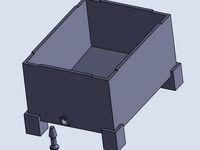
Worm compost bin by geartechbrandon
...rms eat most green waste and break it down so the unfinished fruit and vegetables just go back into the bin for the worms to eat.
thingiverse
free

Self Watering Planter
...h water.
set the planter onto the base and enjoy!
(refill the water in the base every week or 2 by using the spout on the back.)
3dwarehouse
free

2' by 4' worm composting bin
...39; worm composting bin
3dwarehouse
worm composting bin...not finished yet but you will get the idea. #vermicomposting #womr_bin
thingiverse
free

Planter Water Diffuser by Skybound420
... bottom and mitigate the need for the gardener to slowly water a plant. diameter and inner and outer diameters are customizable.
grabcad
free

Hydroponic Pot/Planter
...le(closed by a plug) to change the water after regular intervals without creating any mess or disturbing the plant and its roots.
cults
free

2” Planter with Spout
...g and the spout beneath allows water to drain. some assembly required: planter and wall module print from two separate stl files.
thingiverse
free

Hydroponic Plant Pot by vik
...ones are made of diamond age solutions' ivory pla so the whole lot can go in the compost bin when the growing season is over!
Composting
3d_export
$15
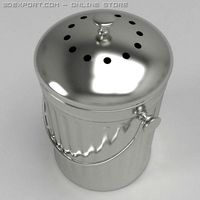
Small kitchen compost bin 3D Model
...ost bin 3d model
3dexport
compost bin trash kitchen fruit vegetables
small kitchen compost bin 3d model pixelblock 26913 3dexport
3d_export
$5

Garden Composter
...imized # # - model parts: 12 - material count: 5 - polygons ---> 19.444 - vertices ---> 26.420 - triangles ---> 49.810
3d_export
$19

Compostable Take-Away Container Closed
...; x 6.23" x 3.07"<br>- model parts: 1<br>- material count: 1<br>- xform: yes<br>- boxtrick: yes
3d_export
$19
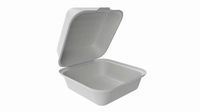
Compostable Take-Away Container Open
...; x 6.83" x 7.14"<br>- model parts: 1<br>- material count: 1<br>- xform: yes<br>- boxtrick: yes
3d_export
$19

Compostable Take-Away Container Closed Gray
...; x 6.23" x 3.07"<br>- model parts: 1<br>- material count: 1<br>- xform: yes<br>- boxtrick: yes
3d_export
$19

Compostable Take-Away Container Open Gray
...; x 6.83" x 7.14"<br>- model parts: 1<br>- material count: 1<br>- xform: yes<br>- boxtrick: yes
3ddd
$1

Tulips Composition ( Corona + Vray )
... поднос
compostion with tulips.
in archive:
- corona_mtl
- fbx(vray)
- renders
- scene(corona+vray)
- vray_mat
3ddd
$1

POTTERYBARN - tabletop-01
...et-_-nofacet-_--_-http://www.potterybarn.com/products/rhodes-ceramic-kitchen-accessories-compost-bin/?cm_src=autocatrel
3d_ocean
$1
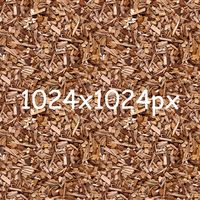
Wooden Mulch Texture
...4×1024 pix texture • .jpg file format • tiling texture • font is not included click here if you need bigger image from photodune
thingiverse
free
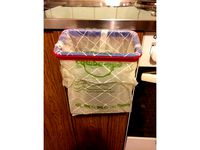
Sac à compost / Compost bag by Specter_03
...sac à compost / compost bag by specter_03
thingiverse
support à compost
Planter
3ddd
$1

Etsy Planter
...r
3ddd
planter , plants , vase
etsy planter set
3d_export
$5

drawing of planter
...drawing of planter
3dexport
drawing of planter
3d_export
$10
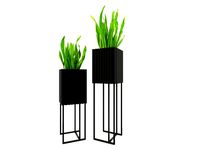
planter
...planter
3dexport
turbosquid
$6

Planters
...alty free 3d model planters for download as max, obj, and fbx on turbosquid: 3d models for games, architecture, videos. (1502150)
3d_export
$5

batmobile planter
...batmobile planter
3dexport
batmobile planter 3d model
3ddd
$1

Planter Lamp
...planter lamp
3ddd
planter lamp : 103,765 polygons
turbosquid
$45

Planter
... available on turbo squid, the world's leading provider of digital 3d models for visualization, films, television, and games.
turbosquid
$25

Planter
... available on turbo squid, the world's leading provider of digital 3d models for visualization, films, television, and games.
turbosquid
$22

planter
... available on turbo squid, the world's leading provider of digital 3d models for visualization, films, television, and games.
turbosquid
$20

Planter
... available on turbo squid, the world's leading provider of digital 3d models for visualization, films, television, and games.
Self
3ddd
$1
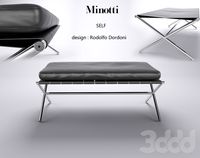
Self
... банкетка
каталог minotti 2010модель selfдизайнер rodolfo dordoniш\д\в 60\120\42
3ddd
$1
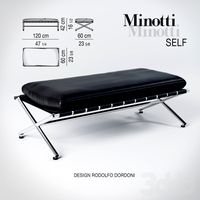
Minotti Self
...minotti self
3ddd
minotti
банкетка minotti self
3ddd
$1
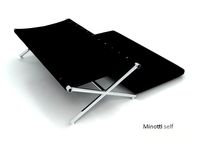
Minotti Self
...minotti self
3ddd
minotti , self
текстуры и материалы прилагаются.
3ddd
$1
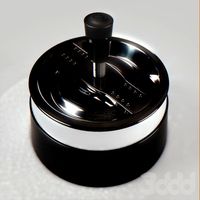
Self cleaning ashtrays
...self cleaning ashtrays
3ddd
пепельница
self cleaning ashtrays
turbosquid
$15
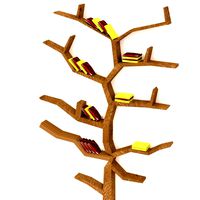
Book self
...
royalty free 3d model book self for download as max and fbx on turbosquid: 3d models for games, architecture, videos. (1502520)
3d_export
free
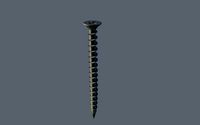
self-tapping screw
...self-tapping screw
3dexport
self-tapping screw 55 мм
turbosquid
$12

Book Self
...lty free 3d model book self for download as max, obj, and fbx on turbosquid: 3d models for games, architecture, videos. (1473695)
turbosquid
$4

Self with Desk
...d model self with desk for download as 3ds, max, obj, and fbx on turbosquid: 3d models for games, architecture, videos. (1511139)
turbosquid
$2

Book Self
...ree 3d model book self for download as max, fbx, 3ds, and obj on turbosquid: 3d models for games, architecture, videos. (1544366)
turbosquid
$2

Book self
...ree 3d model book self for download as 3ds, max, fbx, and dwg on turbosquid: 3d models for games, architecture, videos. (1300384)
Watering
turbosquid
$2
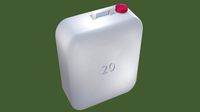
water bin water tank
...e 3d model water bin water tank for download as blend and obj on turbosquid: 3d models for games, architecture, videos. (1594026)
archibase_planet
free
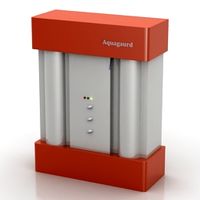
Water purifier
... purifier water purification water treatment
water purifier n050914 - 3d model (*.gsm+*.3ds+*.max) for interior 3d visualization.
3d_ocean
$6
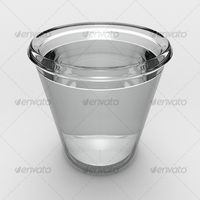
glass water
...glass water
3docean
clear glass glass water
glass filled with water
3ddd
$1
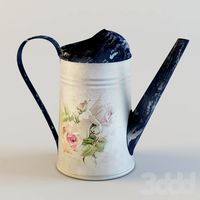
Watering pot
...watering pot
3ddd
watering pot лейка поливалка , лейка
watering pot
3d_ocean
$12

Water Dispenser
...dispenser furnishings lowpoly water
this is a water dispenser hot water for tea is winter and summer is cold for souls. have fun!
3d_ocean
$2

Water
...water
3docean
this is a tile able, hand painted water texture tile. included is one versions at 512×512 pixels in .tga format.
3d_export
$6

water tanker
...water tanker
3dexport
water tanker
3d_export
$6

water bottle
...water bottle
3dexport
water bottle
3d_export
$5

water bottle
...water bottle
3dexport
water bottle
3d_export
$5
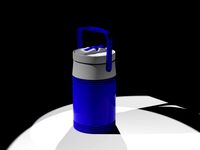
water thermos
...water thermos
3dexport
water thermos
